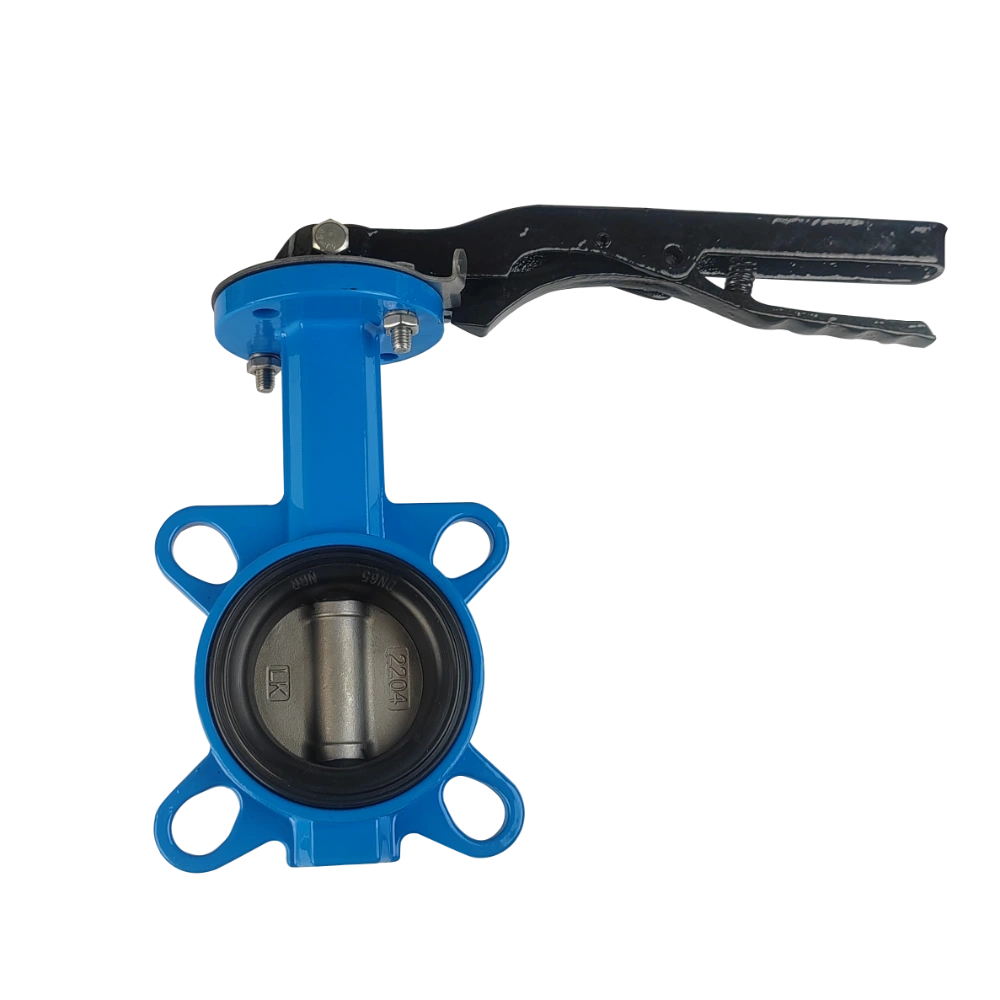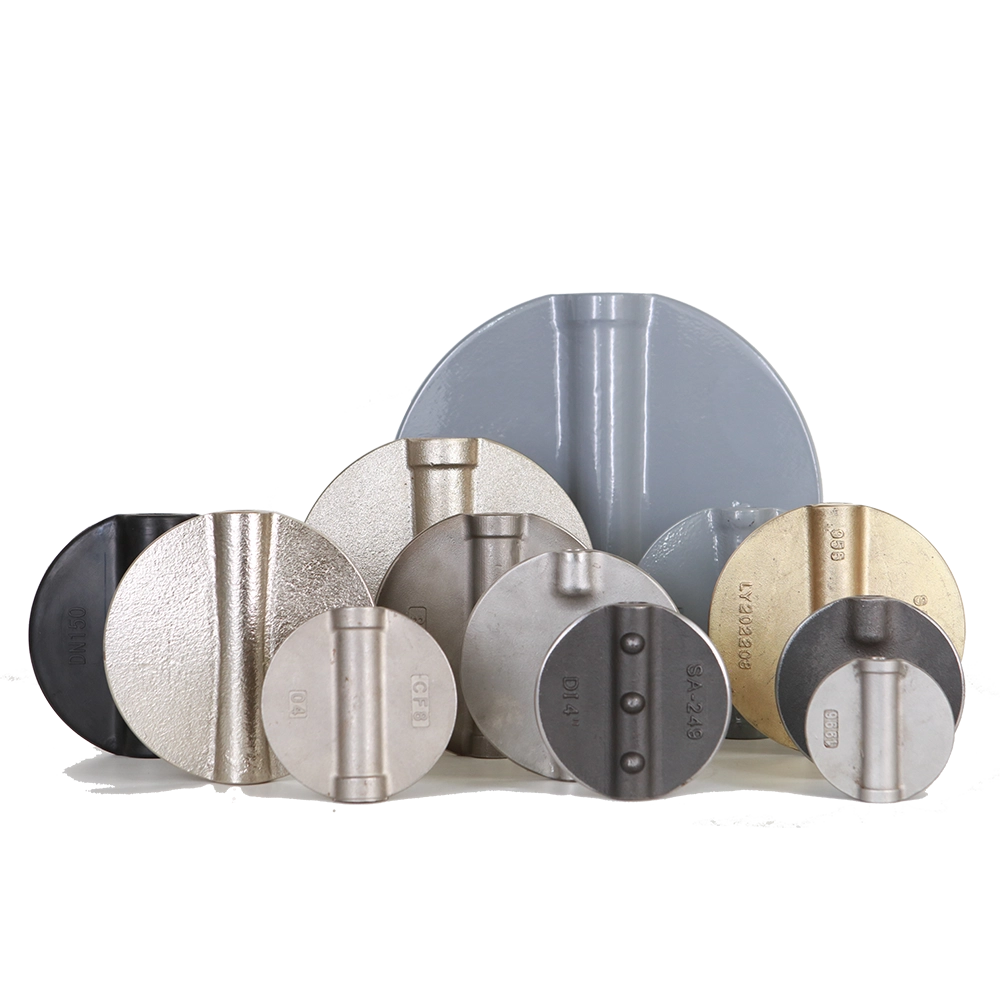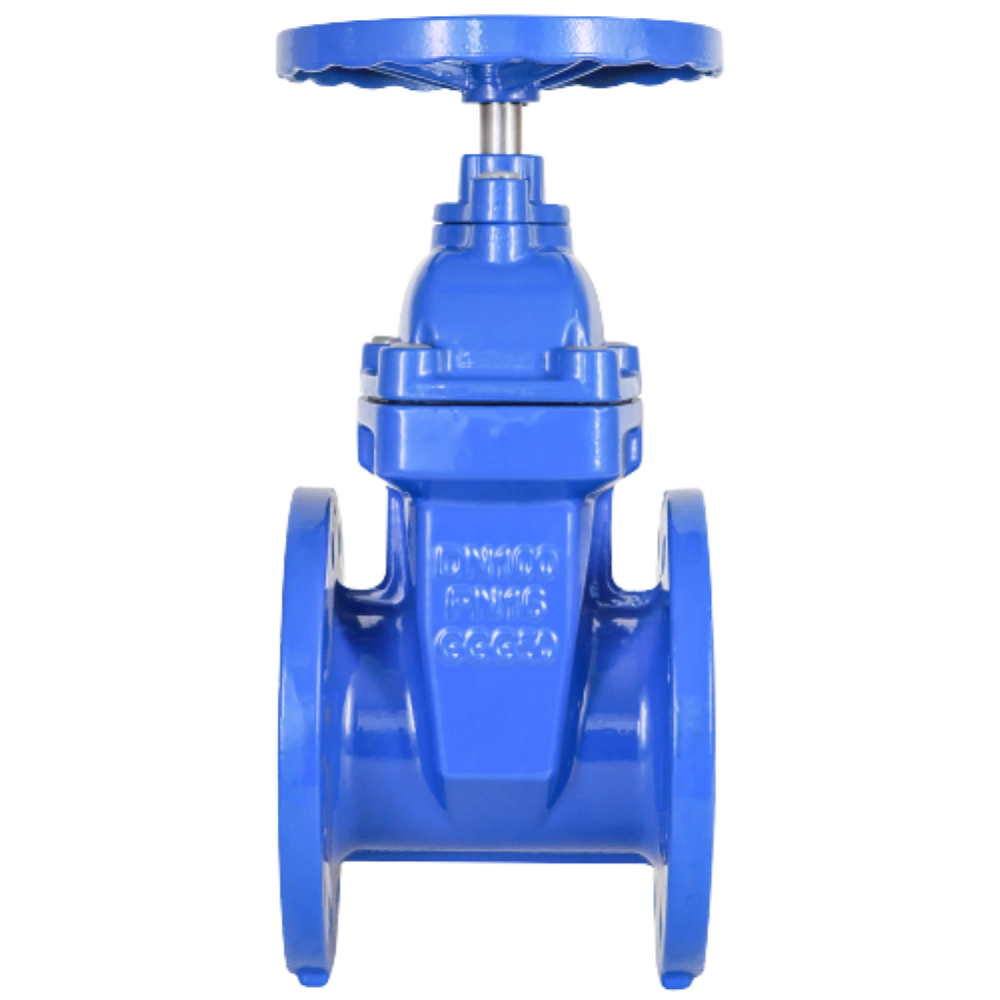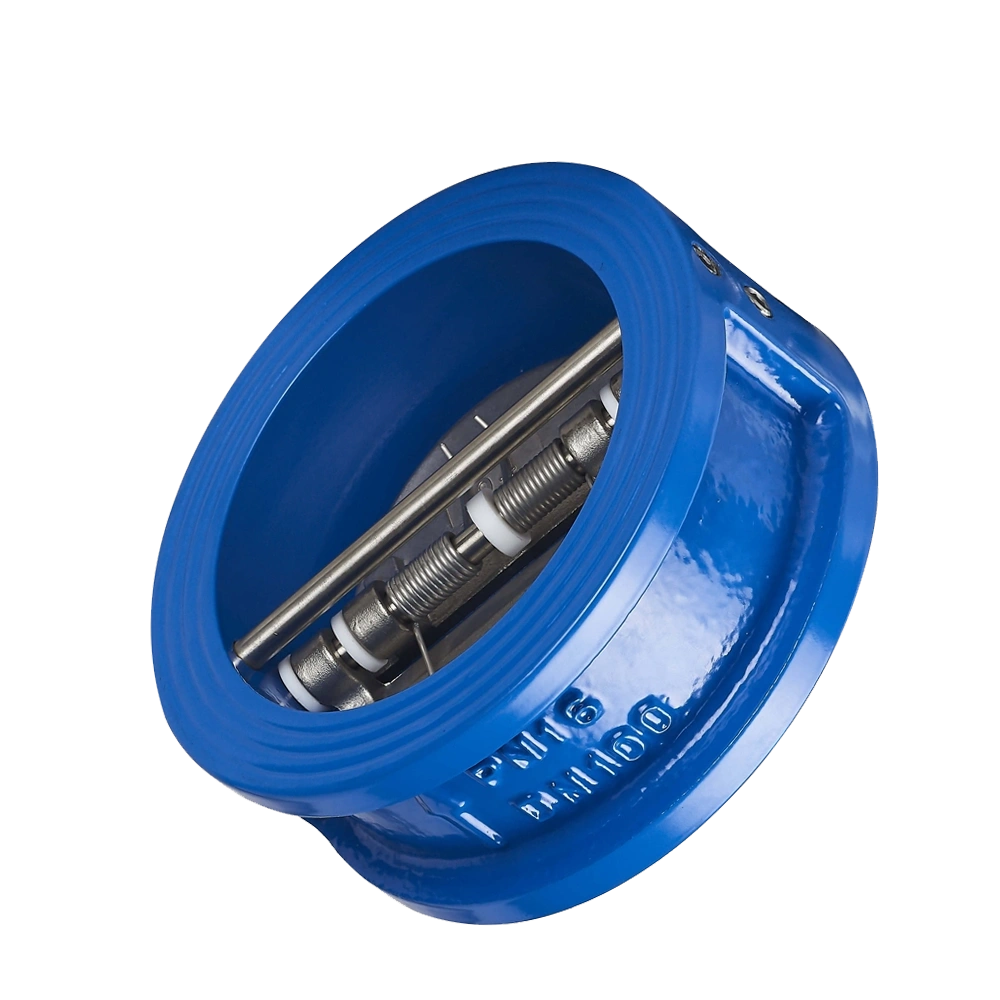Choosing the right industrial valves can feel like a big decision, but it doesn’t have to be overwhelming. For managing a sprawling chemical plant or a compact HVAC setup, picking the perfect valve involves navigating a maze of factors, from material compatibility to pressure ratings and industry standards. It is not just about finding a valve that works; it is about finding one that performs reliably under your specific conditions, saving you headaches (and costly downtime) down the line. In this guide, we will break down the key considerations and standards to help you make an informed decision with confidence.
A Simple Introduction to Industrial Valves
Valves are like special doors in pipes. They help control water, air, or gooey liquids moving through pipes. Imagine a straw you are drinking juice with; if you pinch it, the juice stops. That is what a valve does! It can open to let things flow, close to stop them, or even adjust how much flows through.
You need to know your requirements to choose the correct industrial valve, so we start with the following.
Type of Industrial Valves
Industrial valve manufacturers divide these valves into two categories: Rotary Industrial Valves and Linear Industrial Valves. Here is a list of each type of valve according to these categories.
Rotary Valves
A Rotary industrial Valve works by rotating the water and air inside to control the flow.
- Ball Valves: Picture a ball with a hole through it. You turn it to let fluid pass or stop it. They are great for quick on/off control and can also adjust flow a bit.
- Butterfly Valves: These have a disc that spins inside a pipe to manage the flow. They are fantastic for handling large amounts of fluid and are usually cheaper.
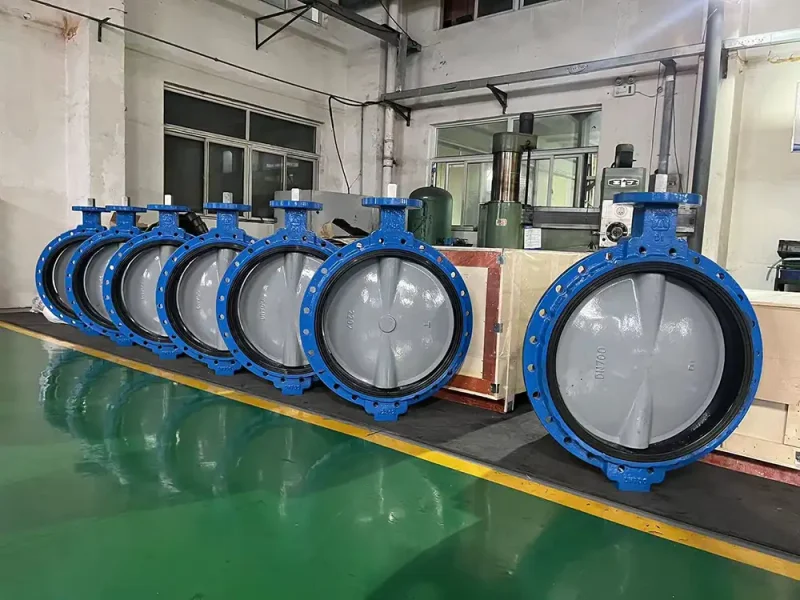
- Plug Valves: These use a cylinder (or plug) that rotates to open or block the flow. They are tough and work well with thick or gritty things.
Linear Valves
These industrial valves move a part up and down or side to side to control flow.
- Gate Valve: It works like a gate sliding up to let the fluid pass and down to stop it. They are mainly for fully open or fully closed situations, not for fine tuning flow.
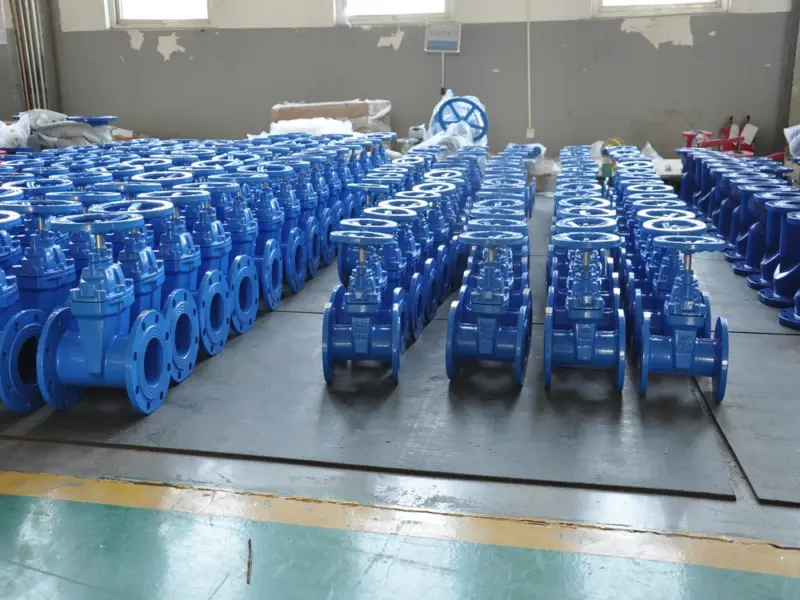
- Globe Valves: Globe Valves: A disc moves to adjust fluid flow precisely.
- Needle Valves: Feature a fine tip or super accurate flow control.
- Check Valves: Allow fluid to pass one way only, stopping backflow.
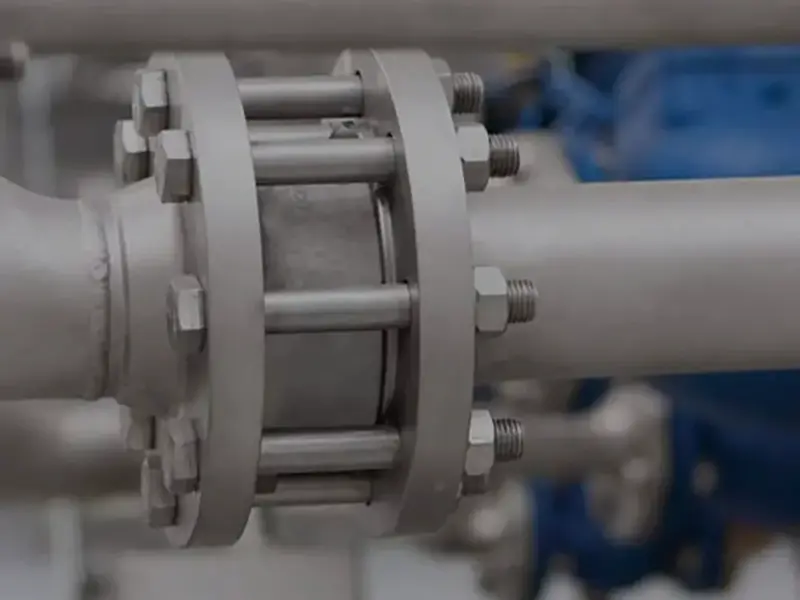
- Pressure Relief Valves: Open automatically when pressure gets too high.
- Solenoid Valves: Use electric signals to open or close fast.
- Control Valves: Smart valves that adjust flow based on signals, super useful in automated processes.
- Safety Valves: Designed for specific pressure limits and safety critical systems.
- Strainer Valves: Work like filters, and let the debris out of your system safe.
- Diaphragm Valves: These have a flexible membrane that seals off the flow. They are perfect for clean applications (like in pharmaceuticals) or handling corrosive fluids.
Other Industrial Valve Types
- Pinch Valves: Work by squeezing a flexible tube to control flow, making them perfect for handling rough stuff like slurries.
- Pressure Reducing Valves: Designed to lower fluid pressure from a high pressure source.
- Sanitary Valves: Made for very clean places, such as food or beverage production, where hygiene is everything.
How to Choose Industrial Valves?
Knowing Your System’s Needs
Identify the fluid type your valve will control, like water, oil, or chemicals. Different fluids need specific valve materials. Stainless steel resists corrosion, while brass suits are non-corrosive fluids. Check the system’s pressure and temperature. High-pressure systems require strong valves; at extreme temperatures, they need materials like carbon steel. Determine the valve’s purpose, like stopping the flow, regulating it, or preventing backflow. Gate valves excel in on/off control, but ball valves provide quick shut-off. Consider flow rate to select the correct valve size. Matching the valve to your needs ensures efficiency and lowers costs.
Pick the Right Valve Type
Choose a valve type based on its job. Ball valves provide quick shut-off for liquids or gases. They are reliable and straightforward. Gate valves work for fully open or closed positions but struggle with flow adjustment. Globe valves regulate flow well, perfect for precise control. Check valves stop backflow, protecting equipment. Butterfly valves manage large flows and save space. Each type fits according to the specific needs, so select the industrial valve that aligns with your system. For example, butterfly valves are good for high-flowing water systems.
How to Pick the Right Valve
Choosing a valve depends on a few key things:
- What is it for?
- What fluid are you dealing with: water, gas, or chemicals?
- Flow and pressure needs: How much fluid needs to move, and at what pressure?
- Material match: Make sure the valve’s materials won’t corrode or react with the fluid.
- Operating conditions: Think about the temperature, pressure, or other environmental factors.
- Manual or automatic? Do you need a valve you can control by hand or one that works with automation?
Things to Keep in Mind While Buying Industrial Valves
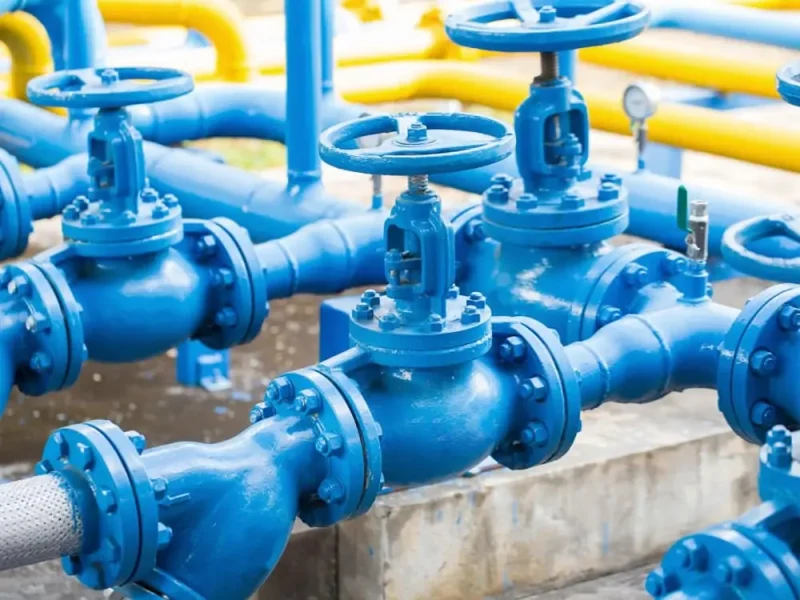
Focus on Material Durability
Valve materials must handle the fluid and environment. Stainless steel resists harsh chemicals, while bronze suits saltwater. Plastic valves, like PVC, work for low pressure, non corrosive systems. Outdoor valves need weatherproof materials to avoid rust. Check material guides from industrial valve manufacturers for compatibility. The wrong material causes leaks or wears out fast, so always confirm that the material fits your setup.
Verify Pressure and Temperature Limits
Make sure industrial valves can withstand your system’s pressure and temperature. Look at the valve’s pressure rating, which is usually in PSI. Temperature matters; too high heat can damage seals, and cold can make materials brittle. Review manufacturer specs to ensure the valve fits your conditions. For instance, steam systems need valves built for high heat and pressure. When reviewing valve specs, it’s essential to consider relevant standards such as API. You can learn more in our detailed post on API standards for valves.
Match Valve Size and Connections
The valve size must fit the pipe’s diameter for smooth flow. Measure the pipe and pick a matching valve. Connection type is key. Flanged valves suit large pipes, while threaded ones fit smaller ones. Welded connections offer strength for high-pressure systems. Ensure the valve’s connection matches your pipes to prevent leaks or installation issues.
Do not Ignore Maintenance
Some valves need more care than others. Gate valves, for example, need regular maintenance such as lubrication. Ball valves? Not so much. If your system runs in harsh conditions, go for tough materials like stainless steel, they last longer. Always check the manufacturer’s info for how long a valve is expected to last. In big systems, low Maintenance and long lasting valves save time, money, and headaches.
Think About Quality
Cheap valves can cost you more in the long run. They wear out faster and can fail when you least expect it. Always compare prices from trusted manufacturers. Look for ones with good reviews, solid support, and quality.
Always Test Before You Install
Never install a valve without testing it first. Pressure tests, leak checks, do it all. You want to catch any problems early, not after the system is running. Testing makes sure the valve performs like it should in real conditions. Work closely with the manufacturer to confirm it meets your needs. A tested valve means a safer, more efficient system.
Plan for the Future
Think ahead. Your system might grow, so use valves that can grow with it. Modular designs are easy to swap or upgrade. Pick valves that can handle more flow or tougher conditions later on. Scalable options, like butterfly valves, are great for systems like water networks. Talk to your valve manufacturer about flexible, future-ready solutions.
Common Mistakes to Avoid When Choosing Industrial Valves
Getting the wrong industrial valve can cause a lot of trouble. Too big or too small? It won’t work right. Made from the wrong stuff? It could get damaged, especially with chemicals. Can not handle the pressure or heat? It might break. Skipping tests? You risk leaks and failure. Not thinking about future changes? You will need a new one sooner than you think. Missing expert advice? That is asking for problems. Get it right the first time it will save you time & money, and no stress.
Final Words
When picking an industrial valve, focus on the basics, such as what fluid is flowing, the pressure, temperature, and the valve material. Different valves do different jobs, so choose one that fits your system. Double-check that it meets the required standards, and think about any future needs. Working with experienced industry valve manufacturers like ZFA Valves helps, too. A little planning goes a long way in making sure you get a valve that works well and lasts. Always make sure that you first check the requirements of your system and select the one that fits your system and also supports its performance for years to come.

